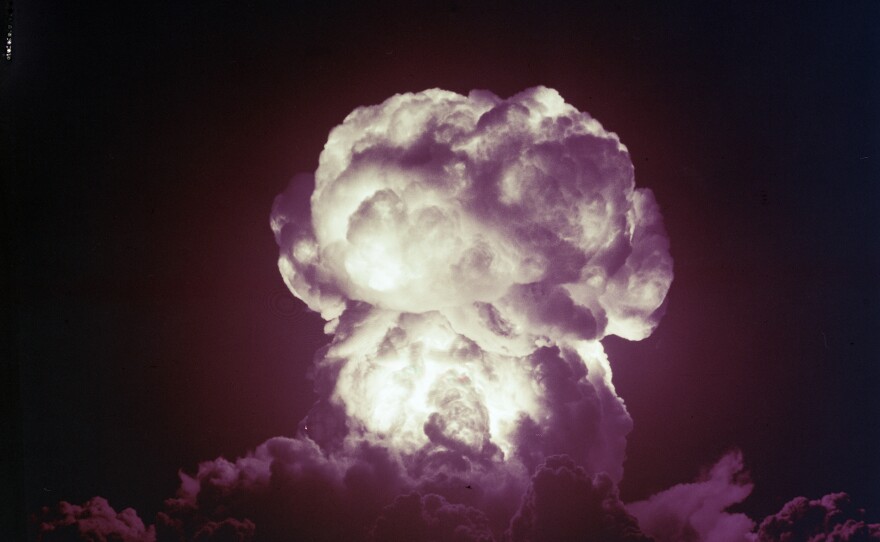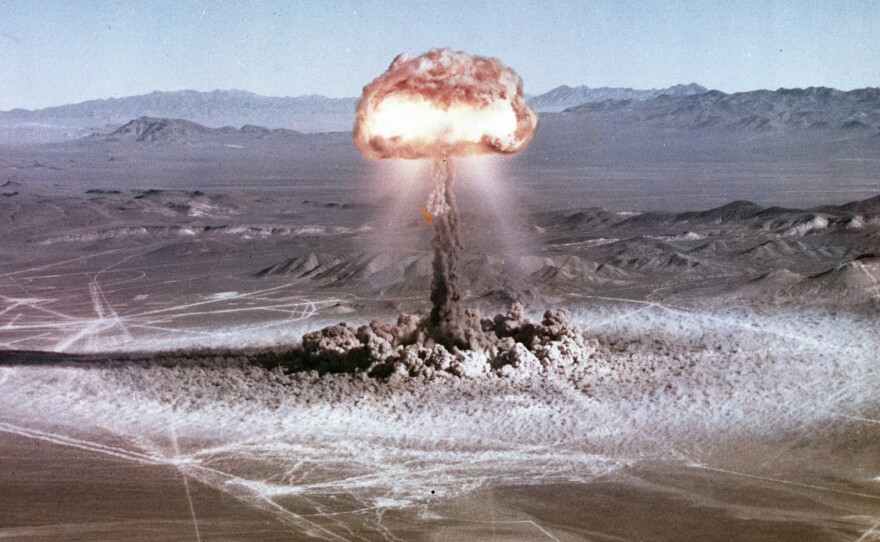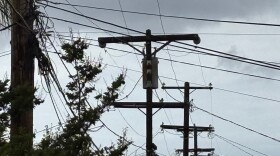Monday, Oct. 21, 2024 at 10 p.m. on KPBS TV Stream now with the PBS app
On Aug. 6, 1945, a clear, Monday morning at the height of WWII, the United States dropped an atomic bomb on the Japanese city of Hiroshima, ushering in a new, terrifying era of modern warfare unlike that the world had ever seen. But the bombs detonated in the skies above Hiroshima and Nagasaki were not the first above-ground nuclear tests, neither would they be the last.
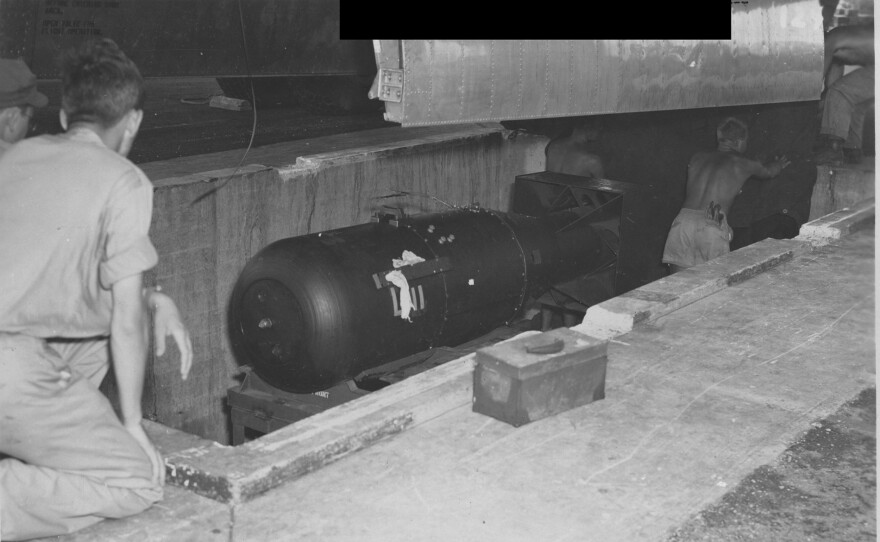
The first successful test of atomic weapons had been conducted three weeks prior at the Trinity test site in Los Alamos, New Mexico. The sparsely-populated desert landscape provided an ideal location for top-secret experimental weapons testing. After four years of heavy nuclear testing in the U.S.–controlled Marshall Islands, President Truman would relocate the bulk of the nation’s nuclear testing to a more accessible location, approximately 144 miles west of St. George, Utah — the Nevada Test Site.
In the 1950s, St. George was the epitome of small town America: a good place to raise a family, with mom & pop businesses all down Main Street. Residents of small town Utah were fiercely patriotic, and welcomed the opportunity to do their part for American national security with pride. Residents were notified in advance of nearby nuclear tests; school children would be led outside to watch for the familiar mushroom-shaped cloud to appear on the horizon.
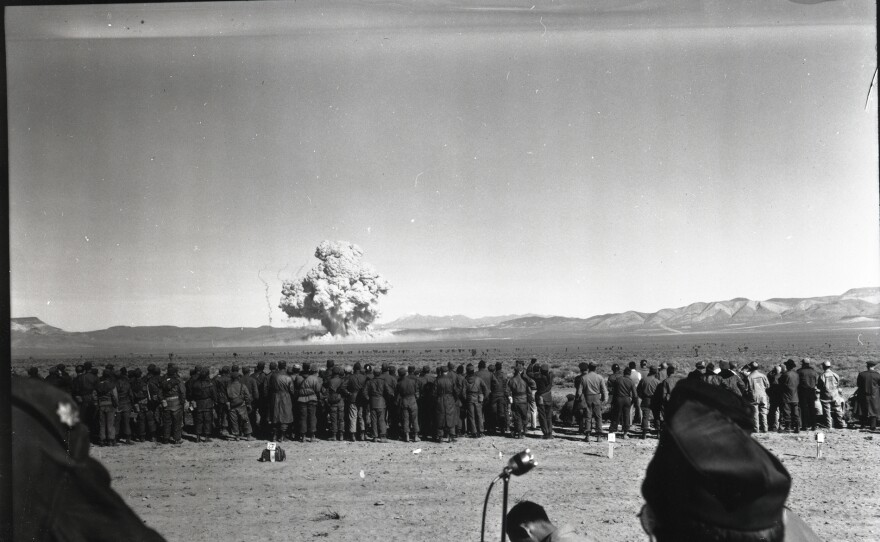
“My dad lived there. He was in Cedar City actually in the 1950s and I remember him telling me how when the nuclear weapons testing was going on that you'd get up in the morning and you'd watch the sky light up from the test. And he talked about how it was a time when it was something that was being promoted as something you should be proud of. This was where America was making progress and people in Southern Utah felt that pride and patriotism, and that was the attitude that took place when that testing was going on.” – Jim Matheson, former U.S. Congressman from Utah
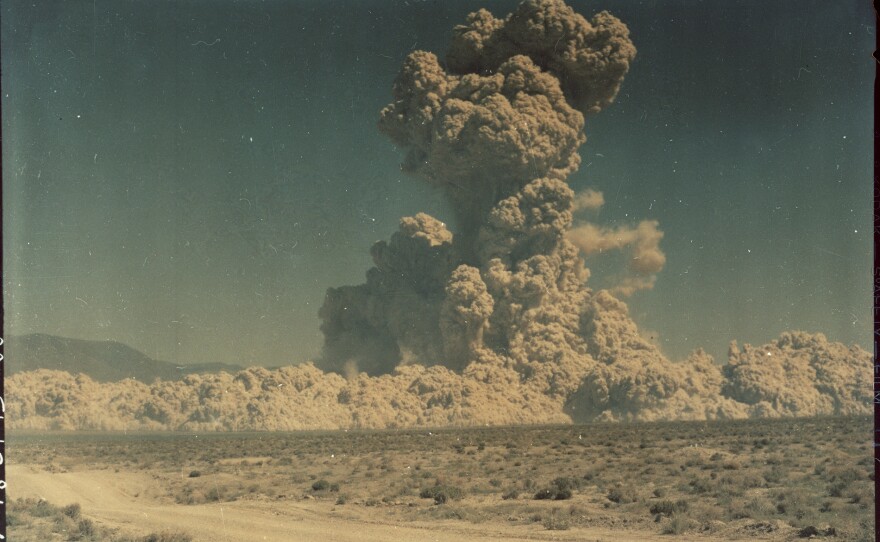
The first signs of trouble came from the sheep. Local ranchers observed sheep with signs of burns, bleeding lips, hide that sloughed off with a touch. Lambs were born with severe birth defects, and consequently died. The ranchers were convinced radiation from nuclear testing was the cause; the Atomic Energy Commission denied all accusations. In 1956, Utah ranchers took the federal government to court, alleging the loss of more than 4,000 animals. They lost.

In subsequent years, communities in southern Utah began to notice a troubling phenomenon — friends, neighbors, and relatives were being diagnosed with cancer. Cancer clusters were emerging in different communities, with relatively rare cancers such as thyroid cancer and leukemia showing up even among children.
When a nuclear bomb is detonated, it releases a variety of different radioactive materials, such as cesium-137, iodine-131, strontium-90, barium-140, among others. Some of these radioactive isotopes can remain in the human body for decades (cesium-137 has a radioactive half-life of 30 years) but even radioactive isotopes with shorter half-lives can cause problems. One such isotope is iodine-131. In the same way that mercury collects in aquatic animals at the top of their food chain, such as tuna, iodine-131 collected in the thyroid glands of children living in southern Utah — children who drank milk from local cows that had grazed on grass on which nuclear fallout containing iodine-131 had landed.

“Iodine-131 gets absorbed into the thyroid. Other radioisotopes get absorbed into the bone. And so it can lead to different types of cancer risk. They have longer rates of decay. And so they're around for a much longer time. It could be, they would be around in an individual's body for their entire life course.” – Dr. Heidi Hanson, Epidemiologist, University of Utah Huntsman Cancer Institute
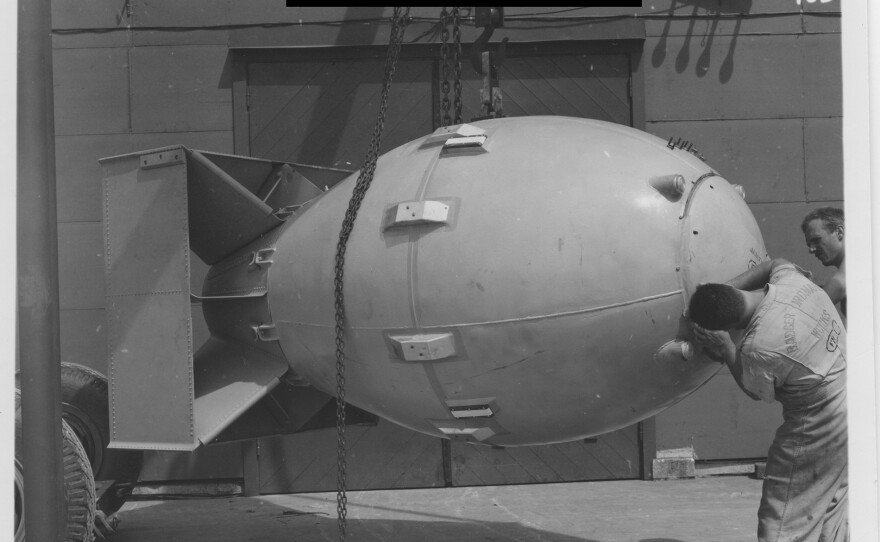
Utahns were documenting increased rates of cancer in their families and communities — but the federal government had not taken responsibility, and the ranchers had lost their case in 1956. In 1979, then-lawyer Stewart Udall agreed to take the case; in a landmark ruling in a Salt Lake City courtroom, the judge ruled in favor of the downwinders. And in 1990, the Radiation Exposure Compensation Act, or RECA, was signed by President H.W. Bush. In addition to providing financial compensation to downwinders, RECA also acknowledged that Congress "apologizes on behalf of the nation" to individuals who were "involuntarily subjected to increased risk of injury and disease to serve the national security interests of the United States."
“They basically found that the higher the exposure to the radionuclides, the consequences of the detonation, the higher the rates of leukemia and the higher rates of thyroid cancer. The effects were greater if you were exposed as a child.” – Dr. Ken Smith, Epidemiologist, University of Utah Huntsman Cancer Institute
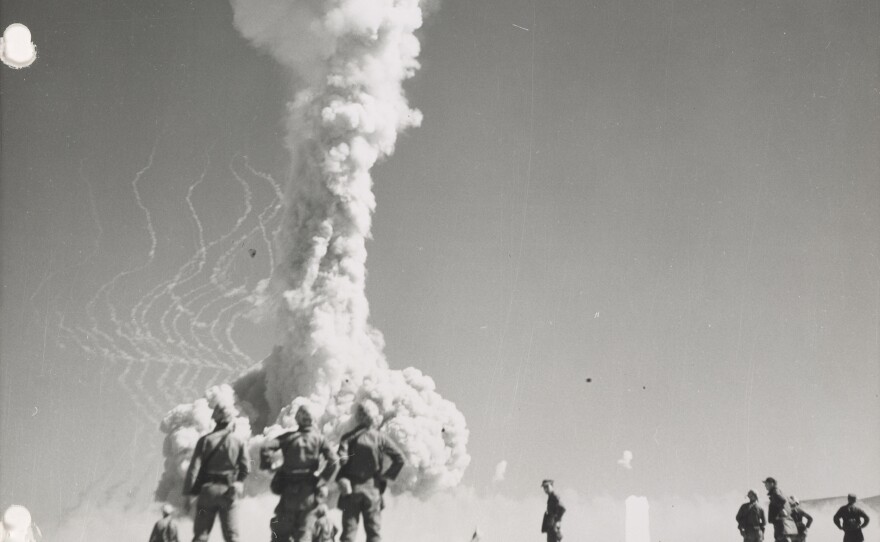
But the story of the downwinders doesn’t end there. The sheep ranchers’ initial case was overturned in 1982 after new evidence came to light, only to lose again on appeal. The appeal was sustained by the Supreme Court in 1986. The landmark case of the downwinders was later overturned in the court of appeals. In neither event was the case thrown out due to lack of evidence — instead, the court ruled the federal government could not be sued for its actions at the Nevada test site.
Modern medicine has come a long way since the 1950s, but even the world’s best scientists have yet to unravel the cause of many cancers. RECA — the landmark piece of legislation that provides $75,000 in reparations for former Nevada Test Site workers, $100,000 for uranium miners, and $50,000 for those who lived near the test site while it was active — is set to expire in 2022. As for the downwinders of southern Utah, the question of what caused their cancer is one that can never fully be answered.
